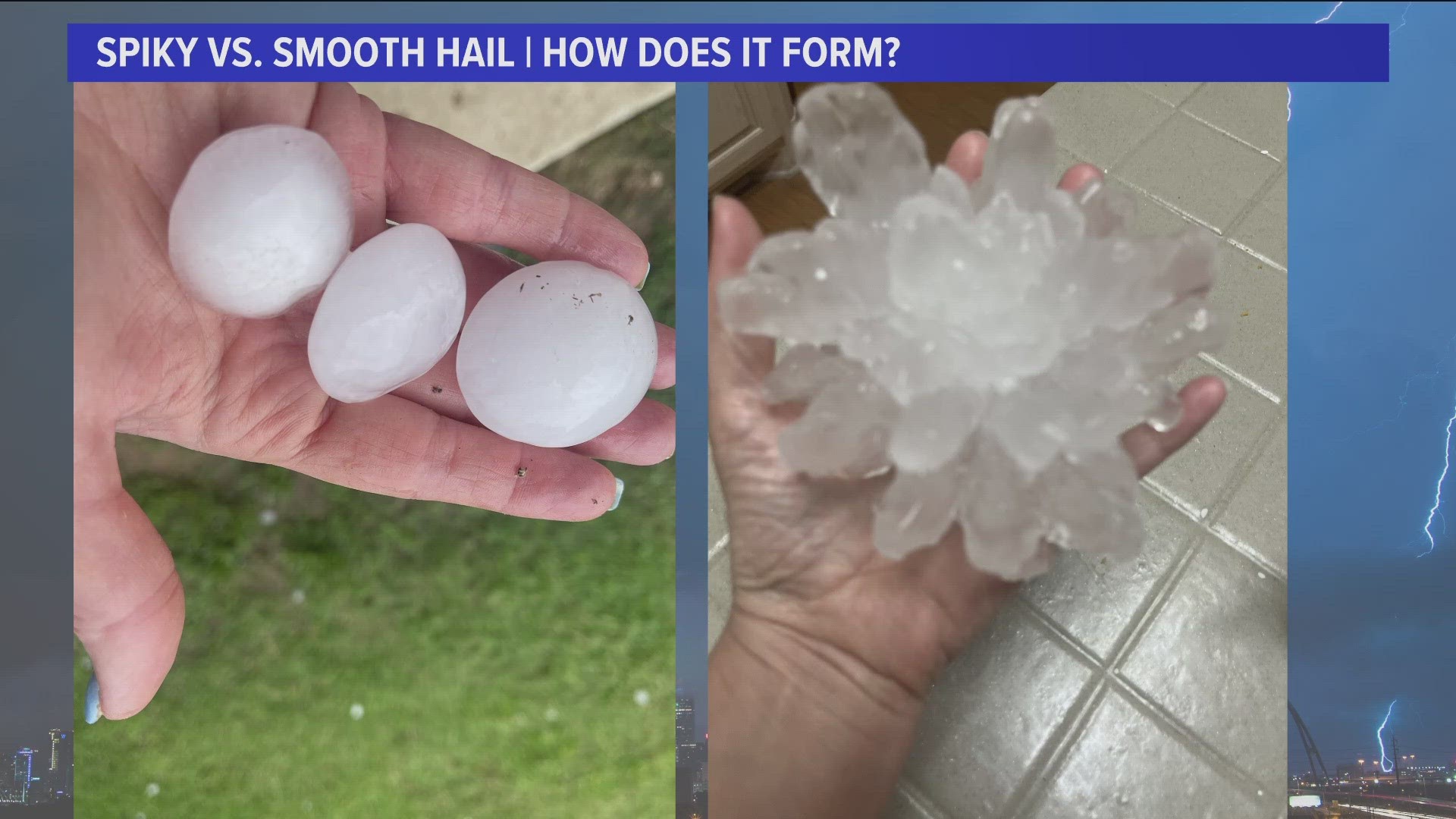DALLAS — Hailstorms are powerful and often destructive when witnessed in North Texas.
Hail is formed when strong updrafts in thunderstorms carry raindrops upward into freezing parts of the atmosphere, causing them to freeze into ice pellets. The size and shape of hailstones can vary significantly, leading to the question: Why does some hail look round and smooth, while other hail appears spikey?
The appearance of hailstones largely depends on the journey through the storm and the conditions encountered during formation.
Smooth/round hailstones
Initially, hailstones start as small ice pellets, typically round and smooth. As these pellets are lifted higher into the storm cloud, they encounter supercooled water droplets, which are liquid water droplets that remain in a liquid state despite being in an environment below the freezing point.
When a supercooled water droplet comes into contact with the growing hailstone, it immediately freezes upon contact, causing a thin layer of ice to form around the original ice pellet. This layer is usually clear and smooth, similar to an ice cube. As the hailstone continues to be carried upward by the updrafts, it encounters additional supercooled water droplets, which freeze upon contact and add more layers to the growing hailstone.

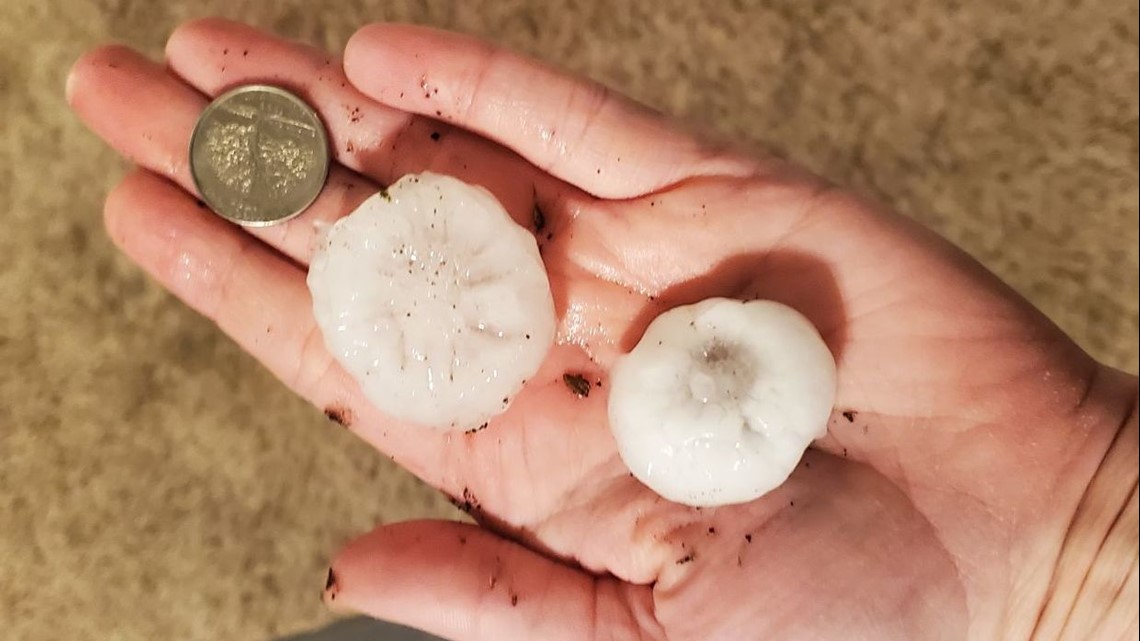

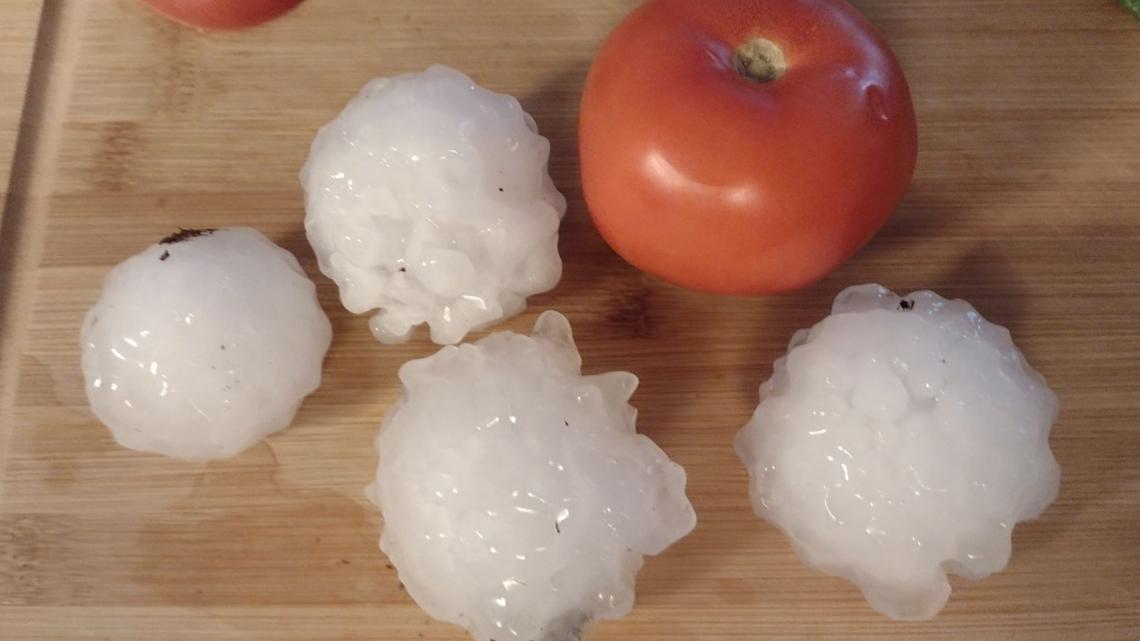

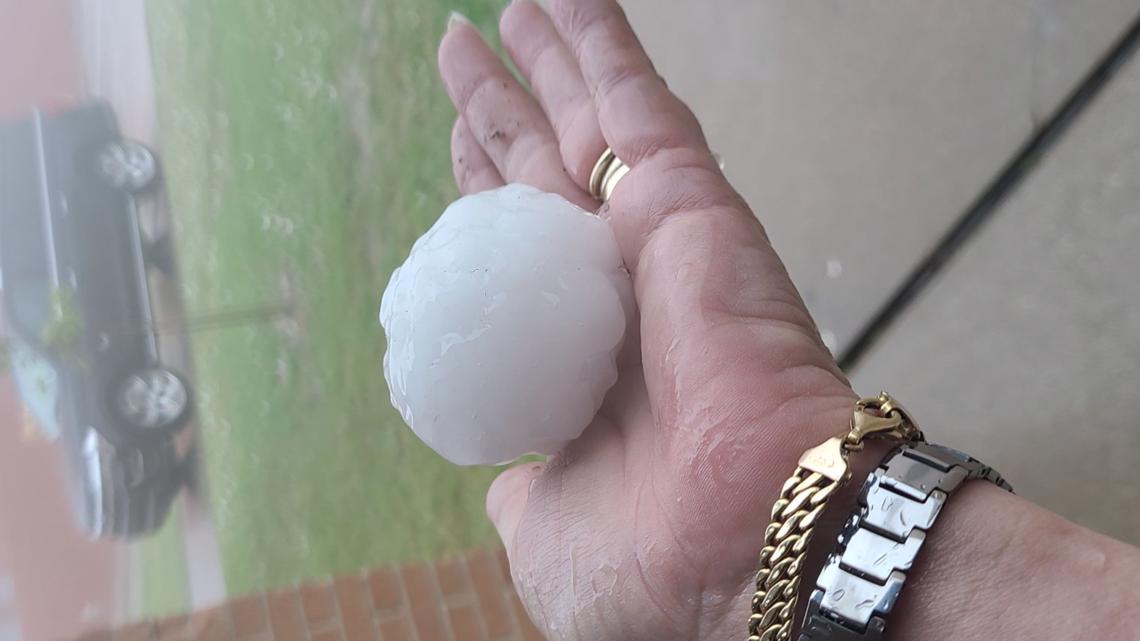
Spikey-shaped hailstones
Hail encounters strong updrafts and turbulent conditions, causing them to be tossed and tumbled within the cloud. These turbulent conditions can lead to irregular ice growth patterns on the hailstone's surface, resulting in a spikey or jagged appearance. When this time of hailstone forms, supercooled water droplets on the surface of a growing hailstone attracts other hailstones. The thin layer of water acts as a glue causing more than one hailstone to mold into a larger hailstone.
If you look closely at non-spherical hailstones, it will look like smaller hailstones put together.

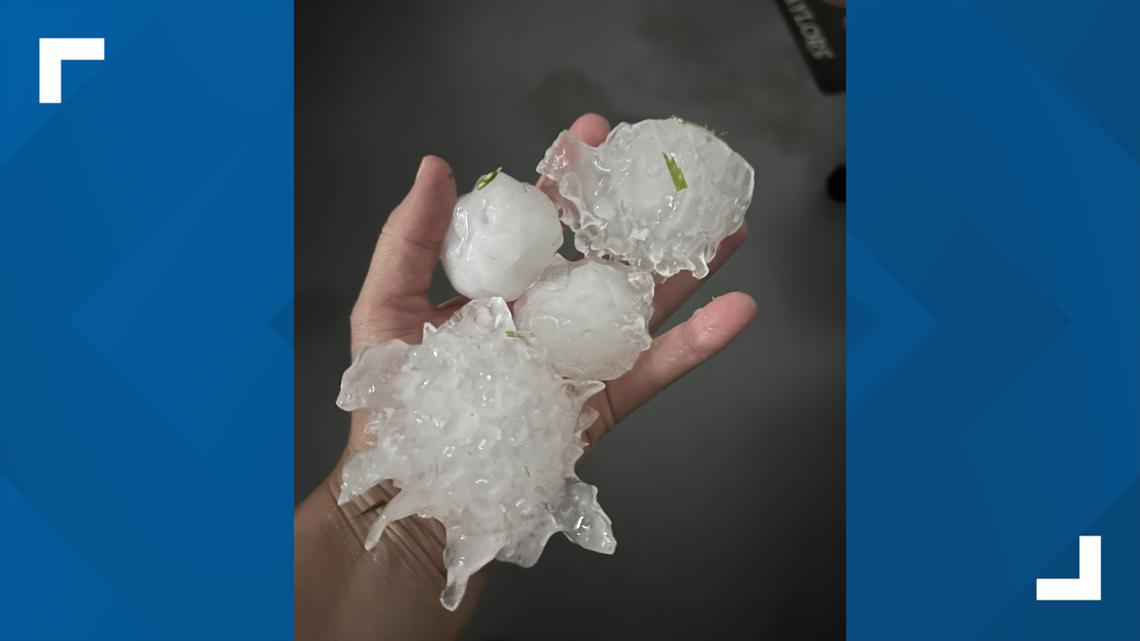




Other factors
It's important to note that the shape of hailstones can also be influenced by other factors, such as the temperature and humidity differences within the storm cloud, the presence of supercooled water droplets, and the time spent within the cloud.
All these variables contribute to the diverse shapes and sizes observed in hailstones.
Clarity
The clarity of a hailstone depends on how fast supercooled water freezes on a growing stone.
If it is an instant freeze, air bubbles may get trapped in the stone causing a hazy or opaque stone.


If it is a slower freeze, air bubbles escape giving the stone a clearer/transparent look.

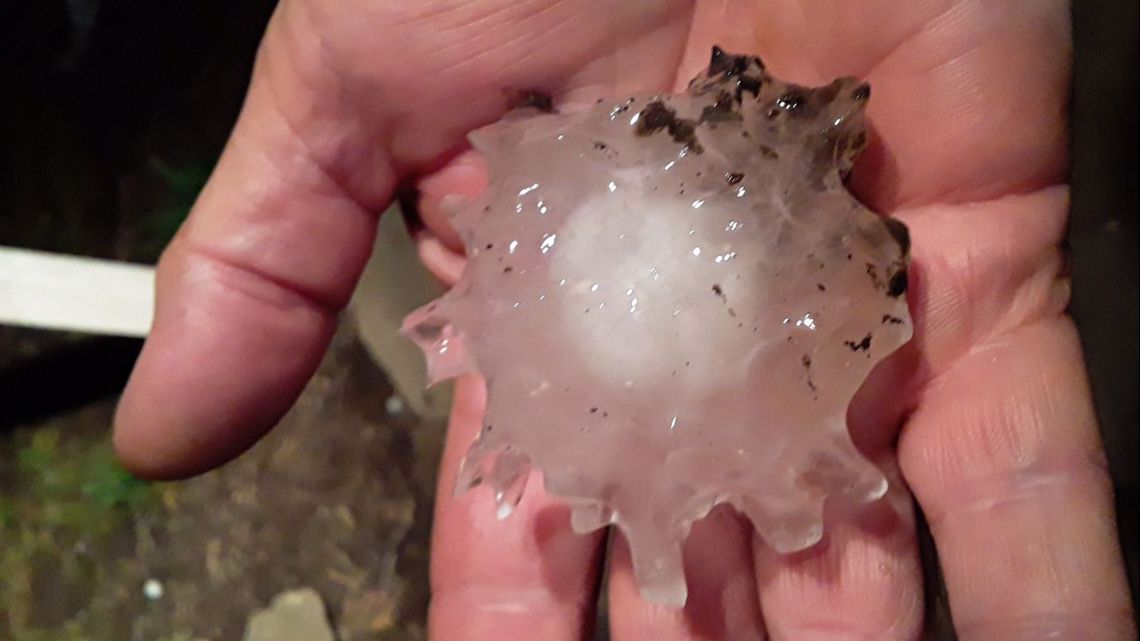
More weather explainers:

